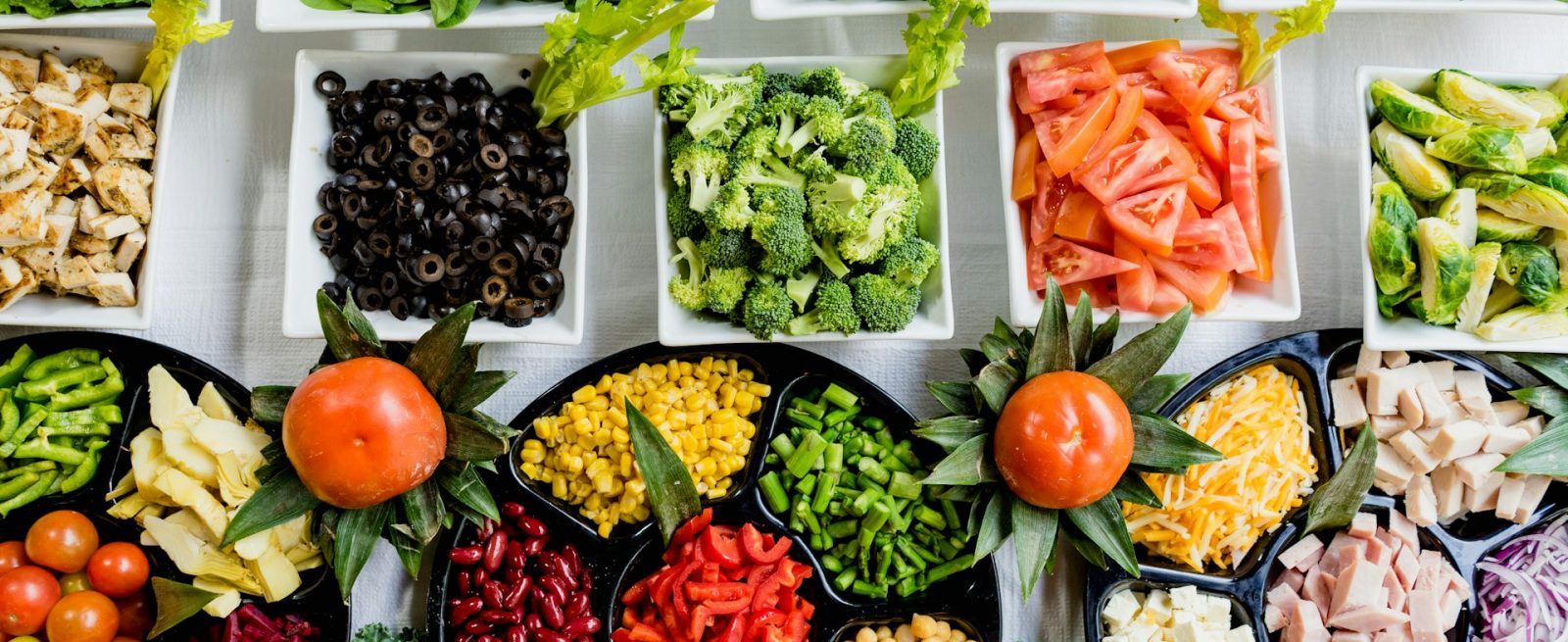Preventing Supply Chain Shortages
6 Min Read By Laura Camerer
There are a number of proven strategies for being proactive about possible supply chain shortages including menu optimization, building partnerships and LTO maximization.
if you have an ingredient that is only being used in a single dish that is a problem. It is important that you maximize your ingredients to make sure in the long run there is less in the kitchen.
Create strong relationships with local retailers. Having these retailers on speed dial can make sure both the restaurant and the retailers are on the same page. Often this can make sure you know in advance if there will be a shortage on certain ingredients. Also garner strong relationships with your manufacturer. It is crucial to dedicate time to real talk with them about the demands of your restaurant. Often if they know there is a certain ingredient you will always need in bulk, you work together to have deals on these bulk buys.
Creating strategic LTOs is a great way to keep customers interested each season on the…
Sorry, You've Reached Your Article Limit.
Register for free with our site to get unlimited articles.
Already registered? Sign in!

